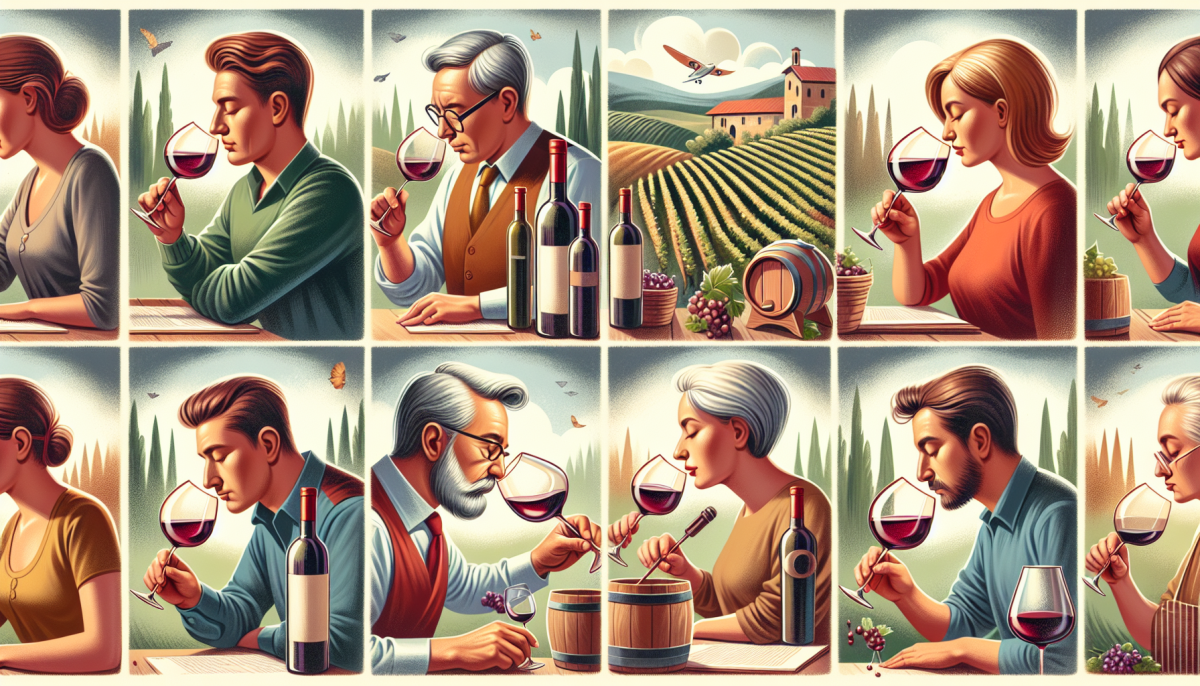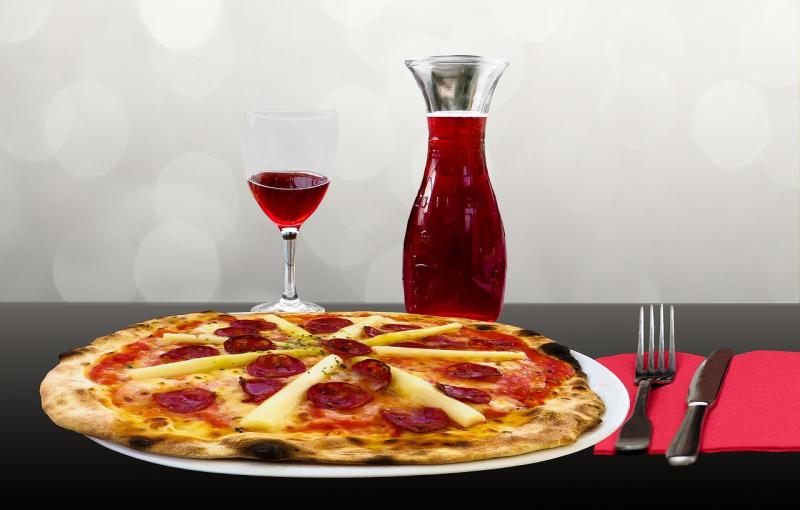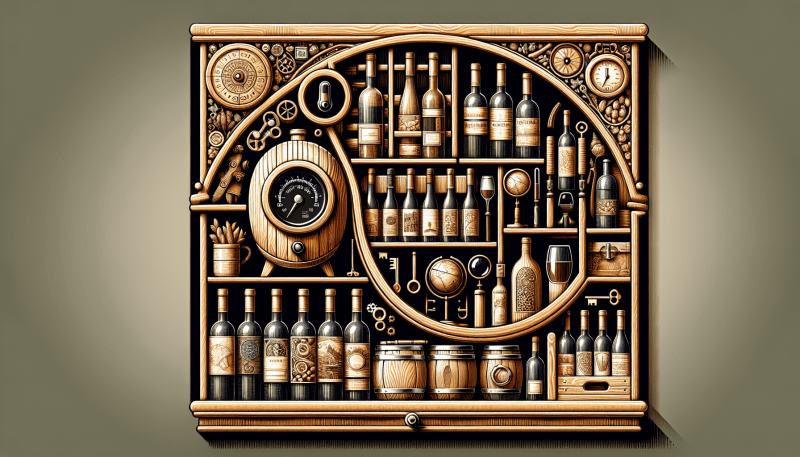Wine tasting can be a fun and enjoyable way to learn about different types of wine and develop a deeper appreciation for the complexities of flavor and aroma. However, for many people, the prospect of tasting wine can be intimidating, particularly if they are unfamiliar with the process. The good news is that wine tasting is a skill that can be learned and improved upon over time, and there are a few simple techniques that can help beginners get started.
- Look at the color of the wine. The color of a wine can provide clues about its age, variety, and how it was made. For example, younger red wines tend to be brighter and more vibrant in color, while older red wines may be more brick-colored. Similarly, white wines can range in color from pale yellow to golden hues, depending on their age and variety. Swirl the wine in the glass to get a better look at its color and appearance.
- Smell the wine. The aroma of a wine can provide clues about its flavors and characteristics. Take a moment to smell the wine before tasting it, and try to identify any specific aromas that you notice. Common aromas in red wines include black cherry, blackberry, and cedar, while common aromas in white wines include citrus, green apple, and honeysuckle.
- Taste the wine. Take a small sip of the wine and let it sit in your mouth for a moment before swallowing. This will allow you to fully experience the flavors and textures of the wine. Pay attention to the taste and mouthfeel of the wine, and try to identify any specific flavors that you notice.
- Spit or swallow. Depending on the situation, you may choose to spit out the wine or swallow it after tasting. Spit buckets are often provided at formal wine tastings to allow tasters to try a variety of wines without becoming intoxicated. However, if you are tasting wine in a more casual setting, it is generally acceptable to swallow the wine after tasting it.
- Take notes. Keeping a record of the wines you taste can be a helpful way to track your experiences and remember the specific characteristics of each wine. You can use a wine journal, app, or simply jot down notes on a piece of paper. Be sure to include information about the wine's appearance, aroma, flavor, and mouthfeel, as well as any other observations you may have.
By following these simple techniques, you can learn how to taste wine like a pro and develop a deeper appreciation for the complexities of flavor and aroma. Remember, there is no right or wrong way to taste wine – the most important thing is to have fun and enjoy the experience. As you become more comfortable with the process, you can try more advanced techniques and continue to develop your wine tasting skills.



